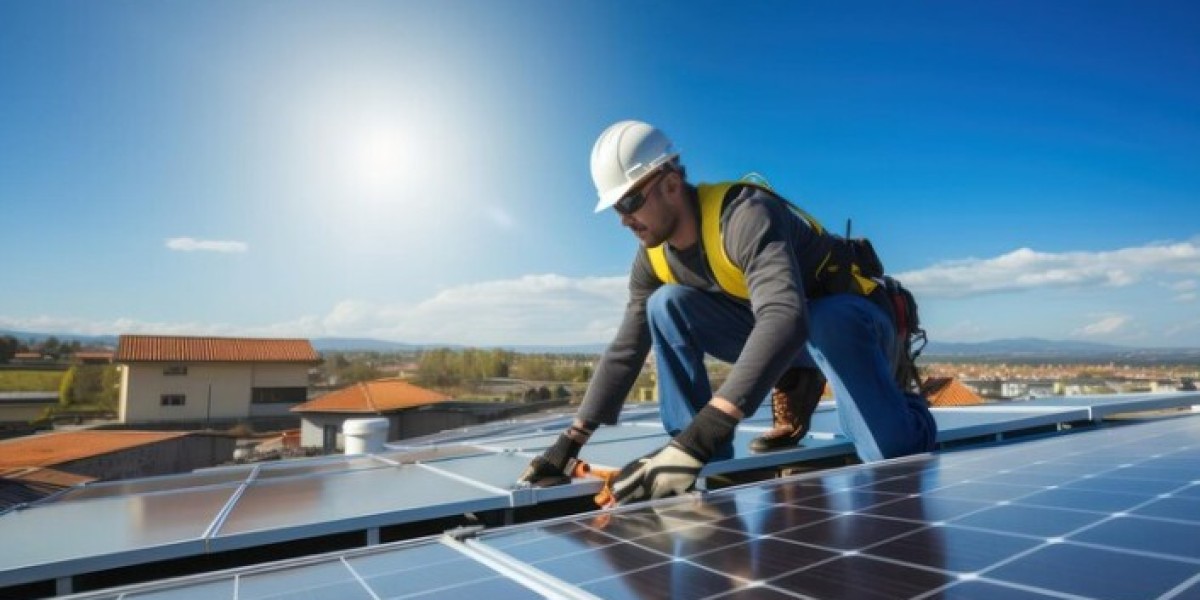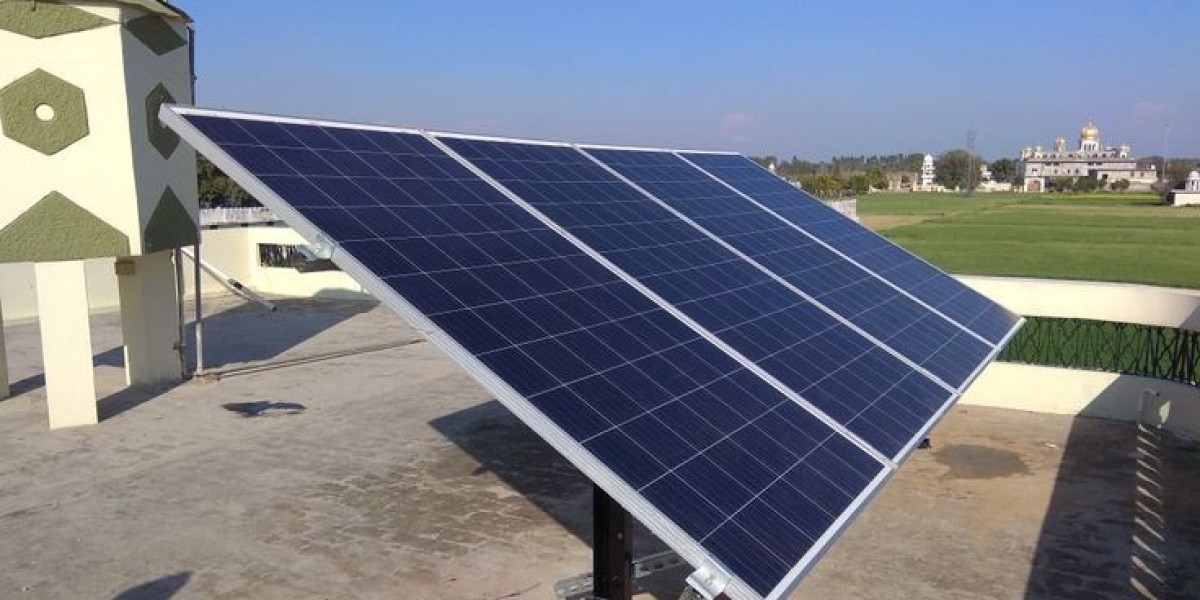As the world grapples with the challenges of climate change, the shift towards renewable energy sources has become more imperative than ever. Solar energy, in particular, has gained significant traction as a clean and sustainable alternative to traditional fossil fuels. Harnessing the power of the sun not only reduces carbon emissions but also helps homeowners and businesses lower their energy bills over time. However, for solar installations to be truly effective, one crucial factor often overlooked is roof compatibility.
The Relationship Between Solar Panels and Roof Structures
Installing solar panels involves more than just placing them on any available surface. The structural integrity and compatibility of the Roof compatibility for solar play a pivotal role in determining the success and efficiency of a solar energy system. Various factors must be considered to ensure a seamless integration between the solar panels and the roof, promoting both safety and optimal energy production.
Roof Orientation and Tilt
The orientation and tilt of a roof significantly impact the efficiency of a solar energy system. Ideally, roofs facing south receive the most sunlight throughout the day, maximizing energy production. However, east and west-facing roofs can still be viable options, albeit with slightly reduced efficiency. Tilt is another crucial factor, as the angle of the solar panels should be optimized to capture the most sunlight throughout the year.
Roof Material and Condition
Different roofing materials have varying degrees of compatibility with solar installations. Asphalt shingles, metal, and tile roofs are generally suitable for solar panel installations, while slate and wood shingles may pose challenges due to their weight and fragility. Additionally, the condition of the roof is crucial; a roof in need of repair or replacement may not be suitable for supporting the additional weight of solar panels.
Roof Load Capacity
Solar panels, racking systems, and other components contribute to the overall load on a roof. It is essential to assess the load capacity of the roof to ensure it can withstand the added weight without compromising its structural integrity. Engaging with a structural engineer during the planning phase can help determine if the roof can support the solar installation.
Shade Analysis
Shade from nearby trees, buildings, or other obstructions can significantly impact the efficiency of solar panels. Conducting a thorough shade analysis is crucial to identify potential shading issues throughout the day and across seasons. Shade can diminish the output of solar panels, so selecting an installation location that receives maximum sunlight is essential for optimal energy production.
Local Building Codes and Regulations
Each region has its own set of building codes and regulations governing solar installations. It is crucial to be aware of these guidelines to ensure compliance and safety. Some areas may have restrictions on the placement and angle of solar panels, making it essential to obtain the necessary permits before initiating any installation.








